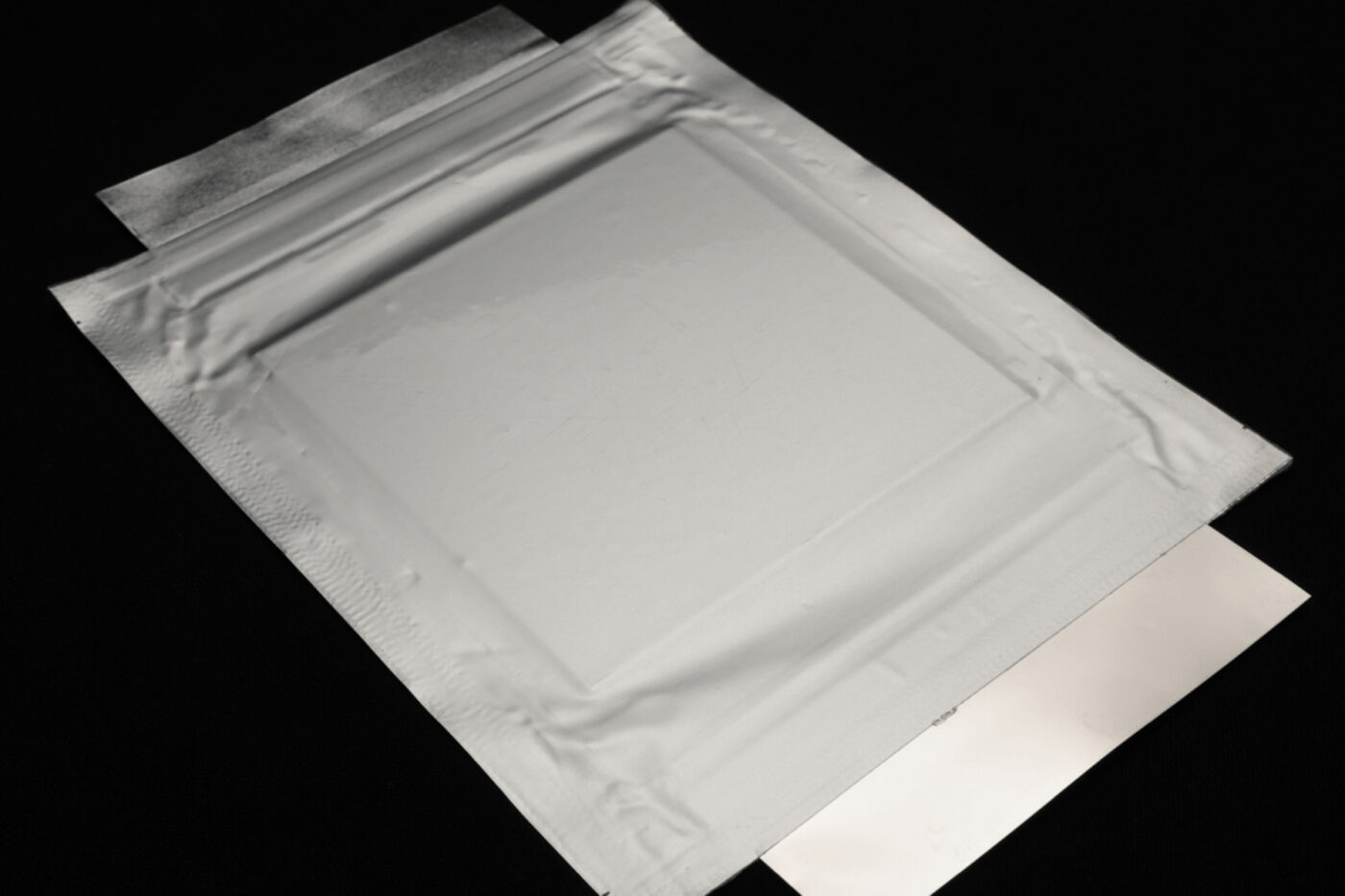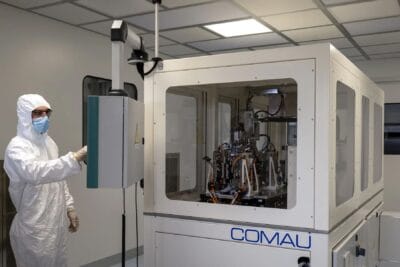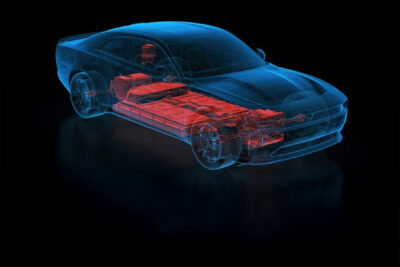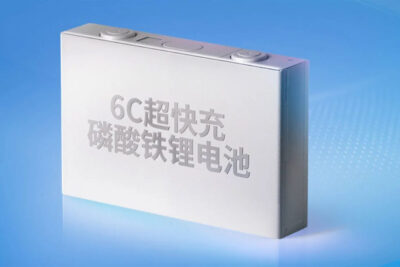Battery researchers note extremely long shelf life
The scientists investigated a new battery technology with so-called single-crystal electrodes, which have a significantly longer shelf life than conventional batteries. The tests showed that the new battery survived more than 20,000 charging cycles before its capacity dropped to 80 per cent of its original capacity. The conventional lithium-ion battery used for comparison reached the 80 per cent mark after around 2,400 charging cycles. The 20,000 cycles correspond to an electric car mileage of eight million kilometres.
However, the researchers’ current publication is not essentially about the single-crystal electrodes (more on this later), as the cell now being investigated has been cycled (i.e. charged and discharged) for six years to achieve the 20,000 cycles – its technology is already several years old. The method used to analyse the monocrystalline NMC532 cell and, for comparison, a conventional, polycrystalline NMC622 cell is new: with a high-energy synchrotron XRD (SR-XRD).
X-ray diffraction (XRD) has been used for decades for in-situ and operando battery experiments in which battery cells can be analysed non-destructively during operation. With the further development of SR-XRD technology, high-resolution images are possible. However, this requires advanced radiation sources, which has limited the number of corresponding studies. In their publication, the Dalhouise researchers point out that “relatively few published SR-XRD studies exist that have used commercially manufactured cells to study degradation.”
“The main focus of our research was to understand how damage and fatigue inside a battery progresses over time, and how we can prevent it,” says Toby Bond, a senior scientist at the CLS, who conducted the research for his PhD under the supervision of Professor Jeff Dahn, Professor Emeritus and Principal Investigator (NSERC/Tesla Canada/Dalhousie Alliance Grant) at Dalhousie University. Tesla Canada and NSERC funded the study as part of the Alliance grant programme.
In the polycrystalline NMC622 cell, the research team detected numerous microscopic cracks in the electrodes caused by repeated charging and discharging (over about 2.5 years in this cell). “Eventually, there were so many cracks that the electrode was essentially pulverised,” says Bond. When the monocrystalline NMC532 cell was X-rayed, however, the researchers could not recognise any such mechanical stress in the form of cracks. “In our images, it looked very much like a brand-new cell. We could almost not tell the difference,” Bond adds.
The researchers attribute this very different behaviour not to the slightly different composition of the cathode (NMC532 to NMC622), but to the particle structure. The particles of the active material found on the surface of the cathode are up to 50 times smaller than a human hair. In the case of the polycrystalline electrodes commonly used today, the researchers compare their structure to snowflakes pressed together to form a snowball – extremely fine structures are interlocked in a very complex way, but there are free spaces in between. In this analogy, the single crystal is more like an ice cube. “If you have a snowball in one hand, and an ice cube in the other, it’s a lot easier to crush the snowball,” says Bond. “The ice cube is much more resistant to mechanical stress and strain.”
This finding is not in itself groundbreakingly new, as the resistance of single crystals to microcracks is already known. However, the new, detailed research results could be used to develop “strategies to mitigate microcracking — such as coatings, single-crystal cathodes, or other interventions used in industry.”
“Taken together, these experiments [comparison of poly- and monocrystalline cells, editor’s note] show just how complex and varied effects of degradation can be, and how they can be dramatically suppressed through the use of single-crystal cathodes,” the study states.
The researchers are not interested in actually being able to drive eight million kilometres in an electric car with one battery, but rather in its entire use beyond its use in the vehicle. Jeff Dahn had already made it clear at a conference in 2022 that a battery with 800 cycles would be sufficient for an electric car – but a battery with 10,000 cycles could be used for 25 years as a stationary energy storage system to make the energy system less dependent on fossil fuels.





0 Comments